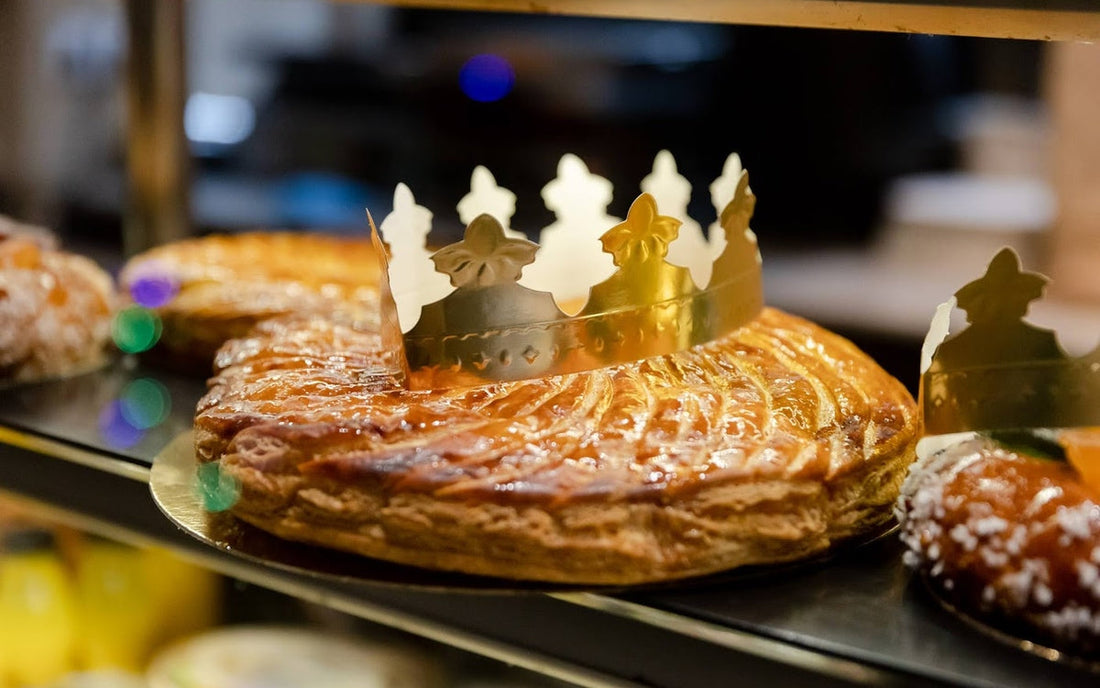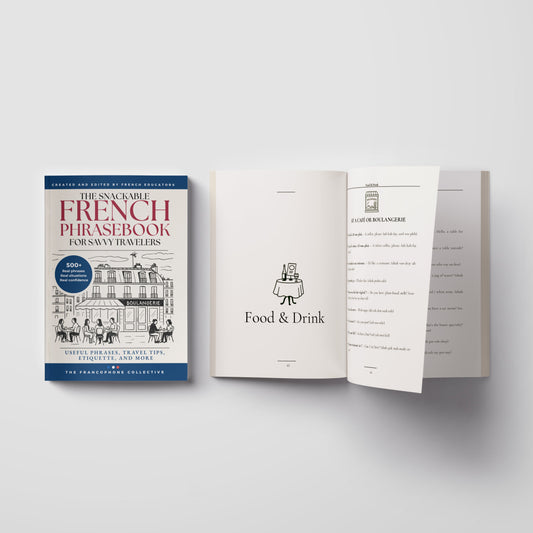
The history of the Galette des Rois and why the French eat it during Epiphany
Galette des Rois, or 'King's Cake,' is an iconic French pastry with a rich, flavorful history that dates back centuries. Traditionally baked to celebrate Epiphany — the day when the three Wise Men (Magi) visited Baby Jesus — this delicacy has woven its way into the cultural fabric of France and remains a beloved culinary tradition in the country and beyond. The origins of Galette des Rois can be traced back to Roman times.
The Romans celebrated the end of the winter solstice with a festival called Saturnalia, where societal roles were reversed, slaves became masters, and a 'King for a Day' was chosen by a fava bean hidden in a cake. When Christianity spread across Europe, the pagan festival was replaced with the Christian celebration of Epiphany. In this adaptation, the 'King for a Day' tradition survived and eventually evolved into the Galette des Rois we know today.
See also: The significance of La Fête du Travail or Labour Day in France
The Galette des Rois is distinctive not just for its rich almond cream filling, but also for the small porcelain figurine or 'fève' hidden inside. Originally, the fève was indeed a fava bean, from which the French term derives. Over time, the bean was replaced with tiny porcelain or plastic figures, often shaped like traditional nativity characters, popular culture figures, or symbols of good luck. The person who finds the fève in their slice is crowned the king or queen for the day, highlighting the age-old tradition of Saturnalia. The 14th century saw the popularization of Galette des Rois in France, where it was embraced by both the church and the monarchy.
The tradition held such sway that it even withstood the French Revolution. During this tumultuous period, anti-royalist sentiment led to the renaming of the cake to 'Gâteau de l'Égalité' or 'Equality Cake.' Still, the ritual of hiding a fève in the cake and crowning a king or queen persisted, cementing the Galette des Rois as a staple in French culture.
See also: Pâques in France: A Journey Through Centuries of Tradition In the centuries that followed, the Galette des Rois underwent regional variations across France. In the northern parts, the traditional version is a puff pastry pie filled with frangipane, a cream made from sweet almonds, butter, eggs, and sugar. In the south, particularly in Provence, a brioche-style cake called 'Gâteau des Rois' is preferred, often shaped like a crown and decorated with candied fruits.
The Galette des Rois also traveled across the world with French colonists and explorers, becoming integrated into different cultures. In the United States, particularly in Louisiana, a variation of the King's Cake has become a vital part of Mardi Gras celebrations. This version is a sweet, circular cake topped with icing and sprinkles in traditional Mardi Gras colors of purple, green, and gold.
Over time, the Galette des Rois has transcended its religious origins to become a popular social event. In France, it is customary to 'tirer les rois,' or 'draw the kings,' throughout January, with family, friends, and colleagues gathering to share the Galette. This tradition strengthens community bonds and celebrates the new year in a convivial and delightful manner.
See also: Are croissants really French? The Galette des Rois stands as a testament to the adaptability of culinary traditions over time and geographical boundaries. Its history spans the era from Roman pagan festivals to French royal courts, from revolutionary fervor to modern secular celebrations. With each slice of this delicious pastry, we partake in a tradition that has persevered through millennia, bringing together communities and generations over a shared, sweet experience. In today's globalized world, the Galette des Rois continues to evolve while staying true to its historic roots.
New interpretations of the dessert surface every year, using different fillings, shapes, and even gluten-free or vegan versions. Yet, the tradition of hiding a fève and crowning a king or queen remains an essential part of the experience.
In essence, the Galette des Rois serves as a delightful reminder of our collective history and shared traditions, woven into the very fabric of society through centuries of change. Its annual return is more than just a culinary event; it's a link to the past and a sweet promise of community, continuity, and celebration for the future.




